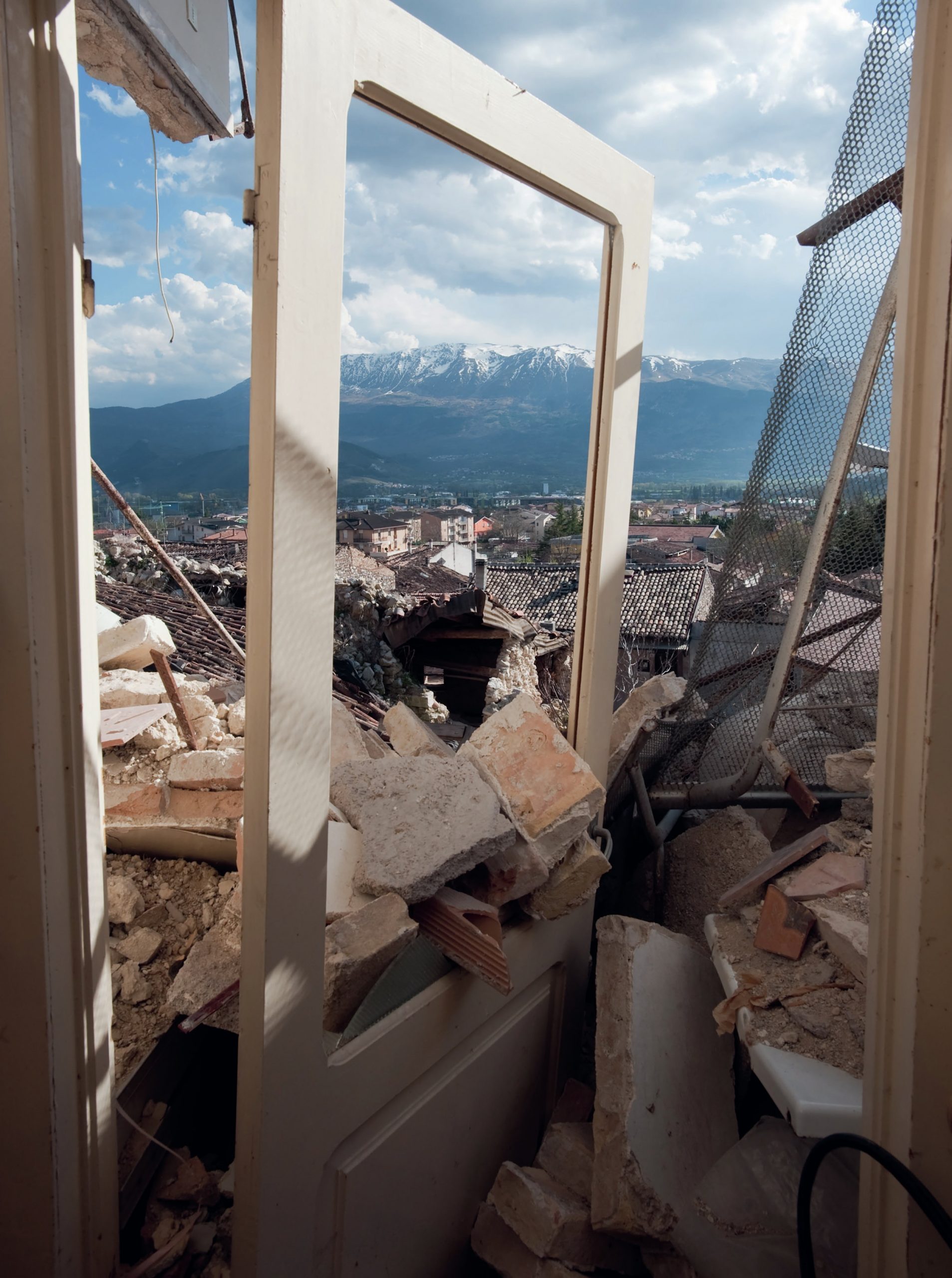
Kongiganak is a small village in southwest Alaska about 725 km west of Anchorage and a fraction south of 60°N. It has a population of about 450. The village moved to its current location in the 1960s when flooding of the Kongiganak River forced the residents to relocate to higher ground. Having escaped a flood hazard, the village now faces ground instability problems triggered by thawing permafrost. The people of Kongiganak stopped burying their dead about 10 years ago when the cemetery began turning into a bog. Now they place painted wooden coffins above the sodden ground.
As the Arctic climate warms and permafrost thaws, organic material that was locked in the frozen ground begins to decay, releasing carbon dioxide and methane to the atmosphere. This creates a positive feedback as further warming results in more extensive thawing. The Arctic is warming twice as quickly as the rest of the planet and some scientists argue that the Arctic is unravelling and will be a dramatically different environment by the middle of the present century. The transformation of the cemetery in Kongiganak is a vivid illustration of a much wider web of environmental changes and challenges across the high latitudes of the northern hemisphere.
Your organisation does not have access to this article.
Sign up today to give your students the edge they need to achieve their best grades with subject expertise
Subscribe




